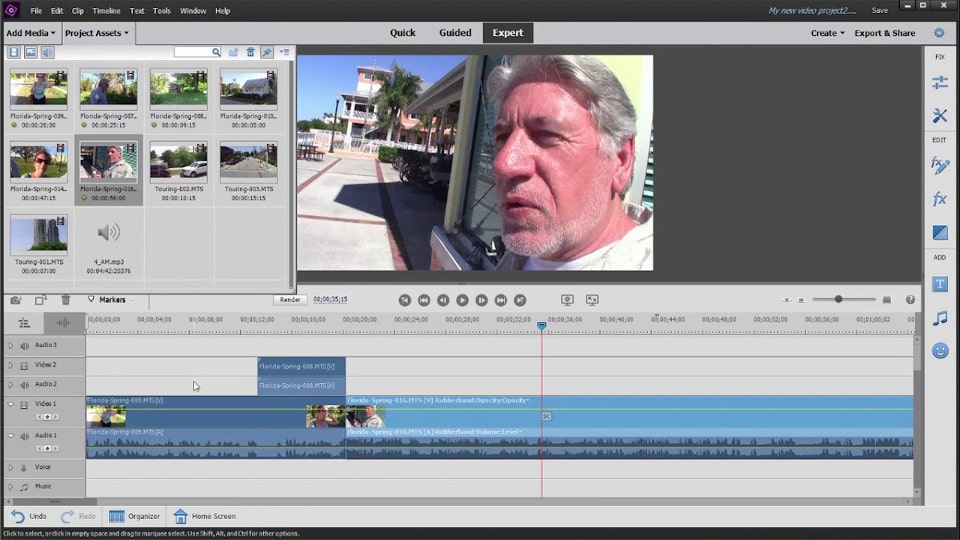

However, Adobe Premiere Pro offers even more options to customize your audio in the form of a built-in Audio Mixer. You can combine these to make more complex special effects or buy into third-party, community-made special effects from the plugin market.Īdobe Premiere Elements offers a huge array of premade transitions and special effects, but it doesn’t come close to offering the customizability of its professional counterpart.īoth applications allow users to add audio to their video clips in real-time as the video is playing. However, you can create your own transitions using the options available in After Effects.Ī variety of special effects, such as keying, lighting, colorizing, and transforming, are also available. You can also crop or rotate your video as needed, a feature shared by both video editors.Ĭompared to other video editing software, Adobe Premiere Pro’s choice of 38 transitions is rather meager. And you get the usual options to adjust brightness, contrast, and saturation, but nothing more. There’s only one type of trim function, the regular one. The most powerful addition, however, is the Lumetri Color Panel, which enables you to manipulate the tint applied to your video, frame by frame.Ĭompared to all that, Adobe Premiere Elements’ adjustment features are pretty barebones. You also get extensive customizability when adjusting parameters like brightness, contrast, saturation, highlights, and sharpening. These options enable you to perform advanced edits by trimming across the length of your video in specific ways. In addition to the regular trim function that allows you to cut portions of your video clip (including while the video is playing), Adobe Premiere Pro offers four trim options called Roll, Ripple, Slip, and Slide. The overall interface is also a lot more attractive to look at, with a dark palette and intuitive controls. Apart from the toolbar, the preview, and the timeline, the interface is divided into various panels that enable you to tinker with various elements of the video. The interface is categorized into Quick, Guided, and Expert modes.Īdobe Premiere Pro has a much more advanced version of the interface. It offers three different modes, each featuring a slightly altered version of the interface, depending on the user’s level of knowledge.

Here, we compare some of the best features offered by each to help you decide which is right for you:Īdobe Premiere Elements employs a simple but dated user interface that is split into a toolbar, a preview, and a timeline. Adobe Premiere Elements, on the other hand, is a lighter version of the video editing suite for amateur videographers. Initially released in 2003, Adobe Premiere Pro is the company’s flagship video editing software, meant for professional users and packed excellent features.


 0 kommentar(er)
0 kommentar(er)
